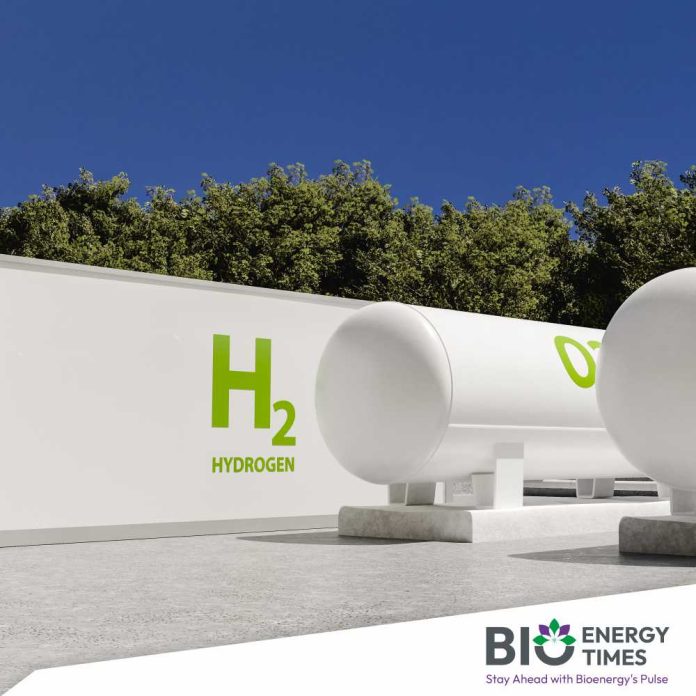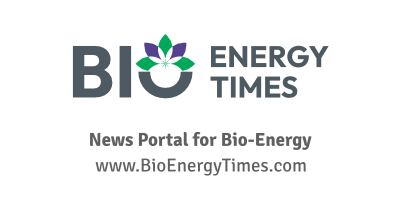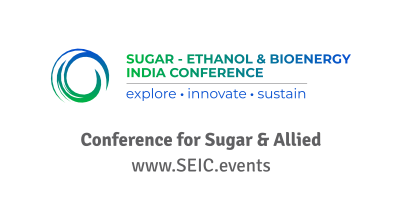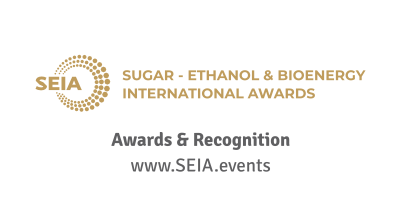A new alloy-based catalyst has been developed to enhance hydrogen production through water electrolysis, offering a promising solution for clean energy generation. This innovative catalyst, based on high-entropy alloys (HEAs), can reduce the reliance on costly materials like platinum, commonly used in clean energy production.
Alloys, which are metal mixtures created by adding small amounts of secondary elements to a primary metal, typically consist of two or more elements. High Entropy Alloys (HEAs) are advanced materials that incorporate five or more elements in nearly equal proportions. The entropy (disorder) of these alloys drives their stability by overcoming the enthalpy (internal energy and volume-pressure product) contribution, making them highly versatile and a potential replacement for traditional catalysts in water-splitting applications. However, creating single-phase HEA nanoparticles free from impurities through chemical synthesis remains a significant challenge.
Researchers at the Centre for Nano and Soft Matter Sciences (CeNS) in Bengaluru, an autonomous institute under India’s Department of Science and Technology (DST), have developed a novel HEA catalyst called PtPdCoNiMn, consisting of platinum, palladium, cobalt, nickel, and manganese. The selection of these metals was guided by research developed by Dr. Prashant Singh from AMES National Laboratory in the USA. Once the composition was finalized, the researchers employed two distinct methods to create the HEA: electrodeposition at room temperature and atmospheric pressure, and chemical synthesis through a solvothermal process involving high temperature and pressure.
For the electrodeposition method, the researchers optimized the choice of solvent and deposition potential to ensure effective alloy formation. In the solvothermal process, the right solvents and reducing agents were carefully selected in precise amounts to control the reaction rate and synthesis. This approach allowed them to produce alloys with different combinations of two to five elements in either single-phase or multi-phase forms. The resulting PtPdCoNiMn catalyst demonstrated efficient hydrogen production with minimal energy loss, along with excellent durability and long-term stability. Theoretical studies suggested that the optimal binding of reaction intermediates on the catalyst surface contributed to its superior performance compared to commercial catalysts.
The PtPdCoNiMn catalyst used seven times less platinum than traditional catalysts, yet exhibited better catalytic efficiency than pure platinum, making it a potential alternative for conventional hydrogen production. Furthermore, the HEA showed impressive performance in real-world applications, including in alkaline seawater, maintaining stability and efficiency for over 100 hours without degradation.
This breakthrough has the potential to make hydrogen production cleaner, more affordable, and more accessible, benefiting various industries and renewable energy technologies. The research was funded by India’s Anusandhan National Research Foundation (ANRF), with the Department of Science and Technology (DST) as the administrative department. The findings were published in Advanced Functional Materials and Small.
For detailed information and further insights, please refer to BioEnergyTimes.com, which provides the latest news about the Green Hydrogen Industry















